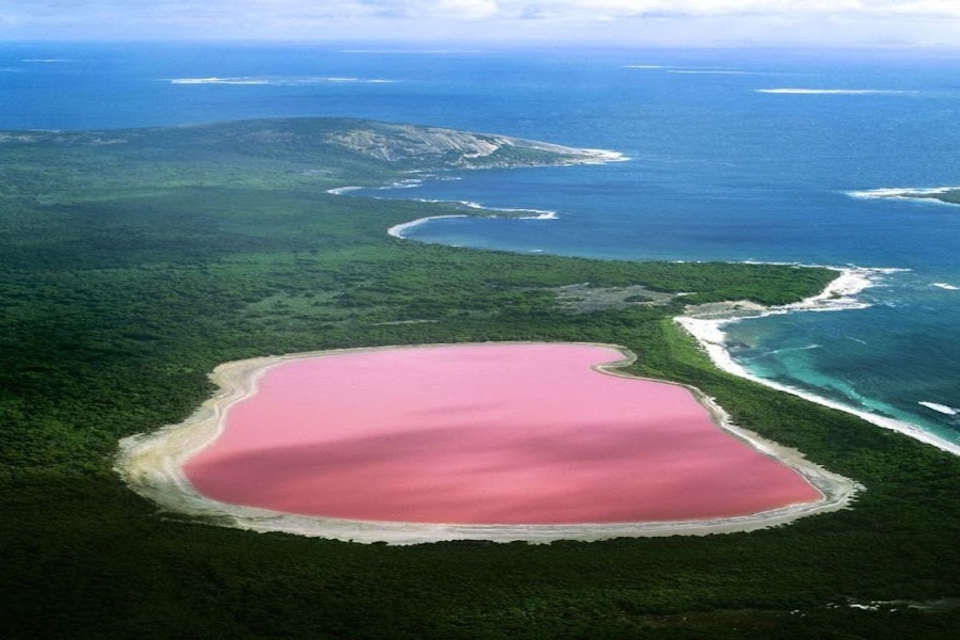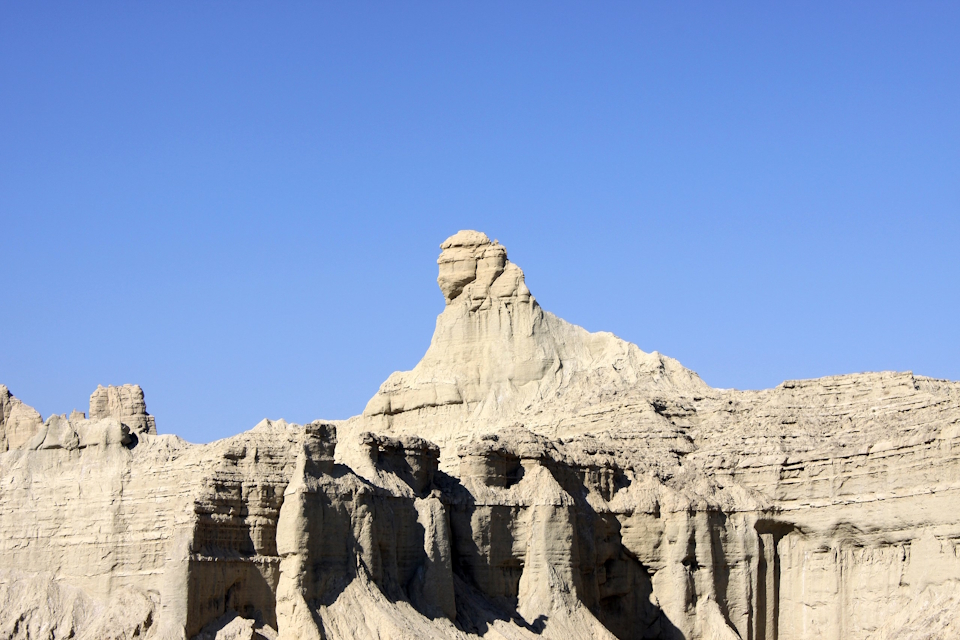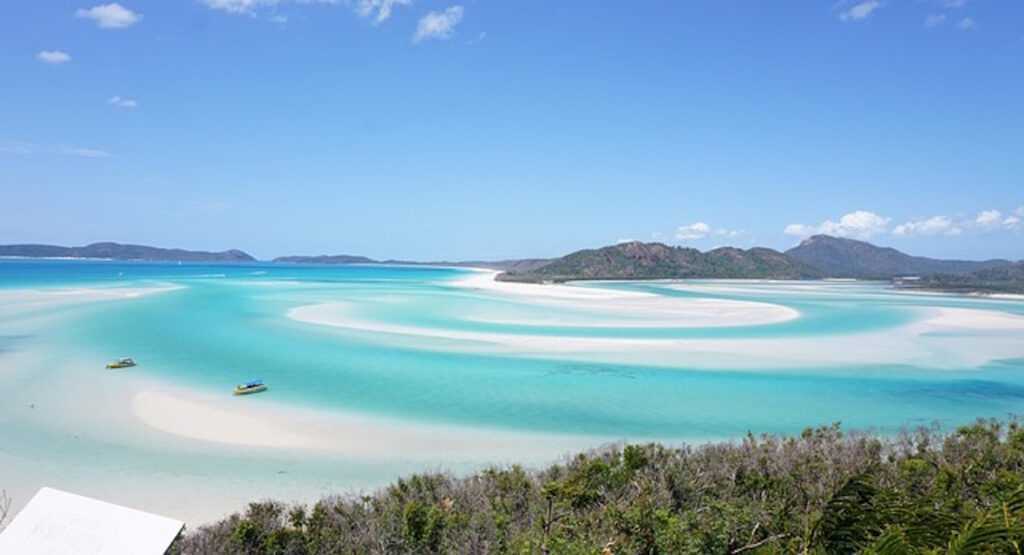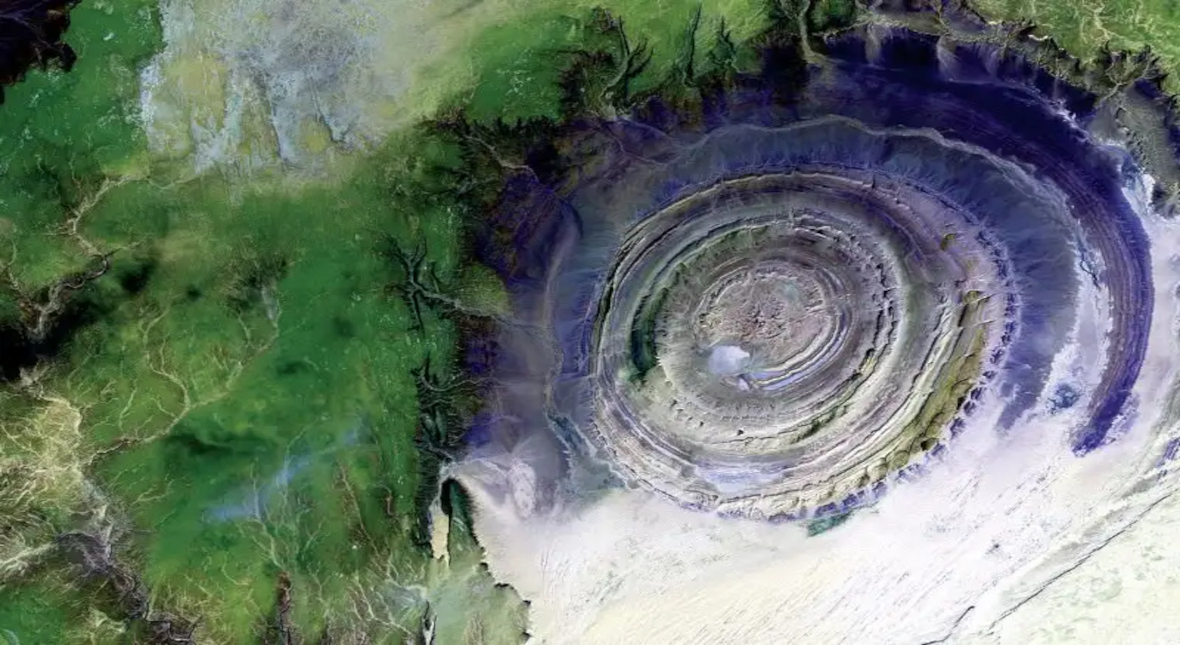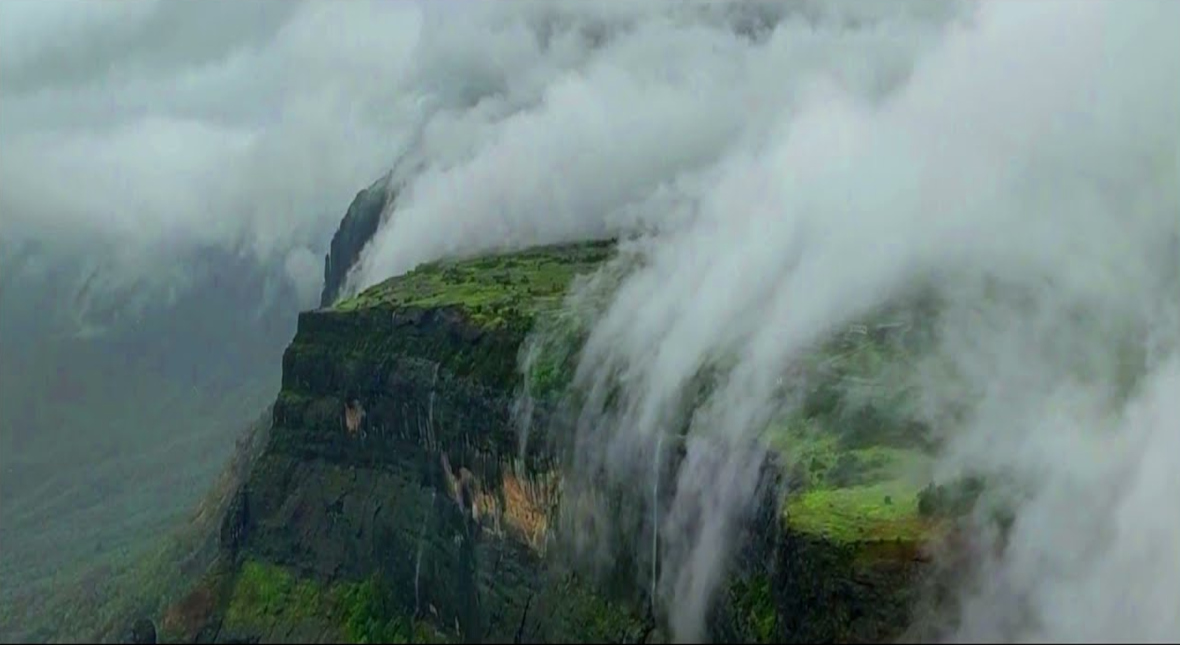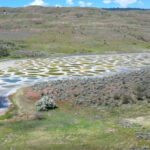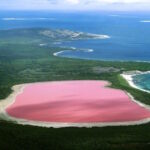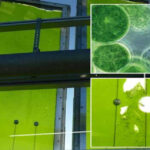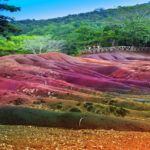Now Reading: A Spectacle of Nature: The Illusion of the Underwater Waterfall
-
01
A Spectacle of Nature: The Illusion of the Underwater Waterfall
A Spectacle of Nature: The Illusion of the Underwater Waterfall

Off the coast of Mauritius, near the peninsula of Le Morne Brabant, a curious and awe-inspiring phenomenon captures the imagination of travelers and scientists alike: the illusion of an “underwater waterfall.” From above — especially in drone footage, airplane views, or satellite images — it seems as though a powerful waterfall is plunging into a massive hole in the ocean. This visual phenomenon is not the result of any magical or mysterious force but a perfect combination of geological structure, ocean currents, and optical illusions. Mauritius sits on the edge of an underwater volcanic plateau, and this unique topography plays a central role in creating this mesmerizing visual effect.
Mauritius is located on the Mascarene Plateau, a vast, submerged shelf formed by volcanic activity millions of years ago. This plateau stretches for thousands of kilometers across the Indian Ocean and is mostly hidden beneath the surface of the sea. Around Mauritius, the seafloor is relatively shallow — often only 8 to 150 meters deep — but just a few kilometers offshore, it abruptly drops off into the deep ocean floor, which reaches depths of nearly 4,000 meters (13,000 feet). This dramatic drop is what sets the stage for the illusion. As the ocean currents flow over the edge of the plateau, they drag loose sand, silt, and sediments from the shallow lagoon and funnel them down the slope of the seafloor, much like how a waterfall flows over a cliff. These submarine sand falls continuously cascade down the incline, reinforcing the illusion of a watery abyss.
The key to the visual illusion lies not just in the movement of sand, but in how light interacts with different depths of water and materials on the seafloor. In shallow areas, light easily penetrates the water and reflects off the bright, sandy seabed, making the water appear turquoise or aquamarine. As the seafloor drops away and becomes deeper, sunlight no longer reaches the bottom, and the water appears darker — deep blue to almost black. This gradient creates the illusion of a drop-off. The flowing sediment, constantly in motion, adds a visual texture that appears to be water tumbling downward. Combined, these elements produce the illusion of a three-dimensional waterfall beneath the ocean, when in fact, the ocean floor is simply sloping downward beneath a shifting stream of sediment.
Though dramatic in appearance, the so-called Underwater Waterfall is not dangerous — there’s no actual chasm or whirlpool pulling water downward. The phenomenon is completely natural and harmless, and it’s visible only from a higher vantage point. The sand and silt movement is gradual, not turbulent, and is part of the island’s natural sediment cycle. Tourists visiting Mauritius often take helicopter tours or scenic flights specifically to witness this illusion from the sky, as it’s impossible to see its full form from the surface of the ocean. What makes this phenomenon so fascinating is how it blends geological structure, oceanographic processes, and optical effects into a single breathtaking view.











